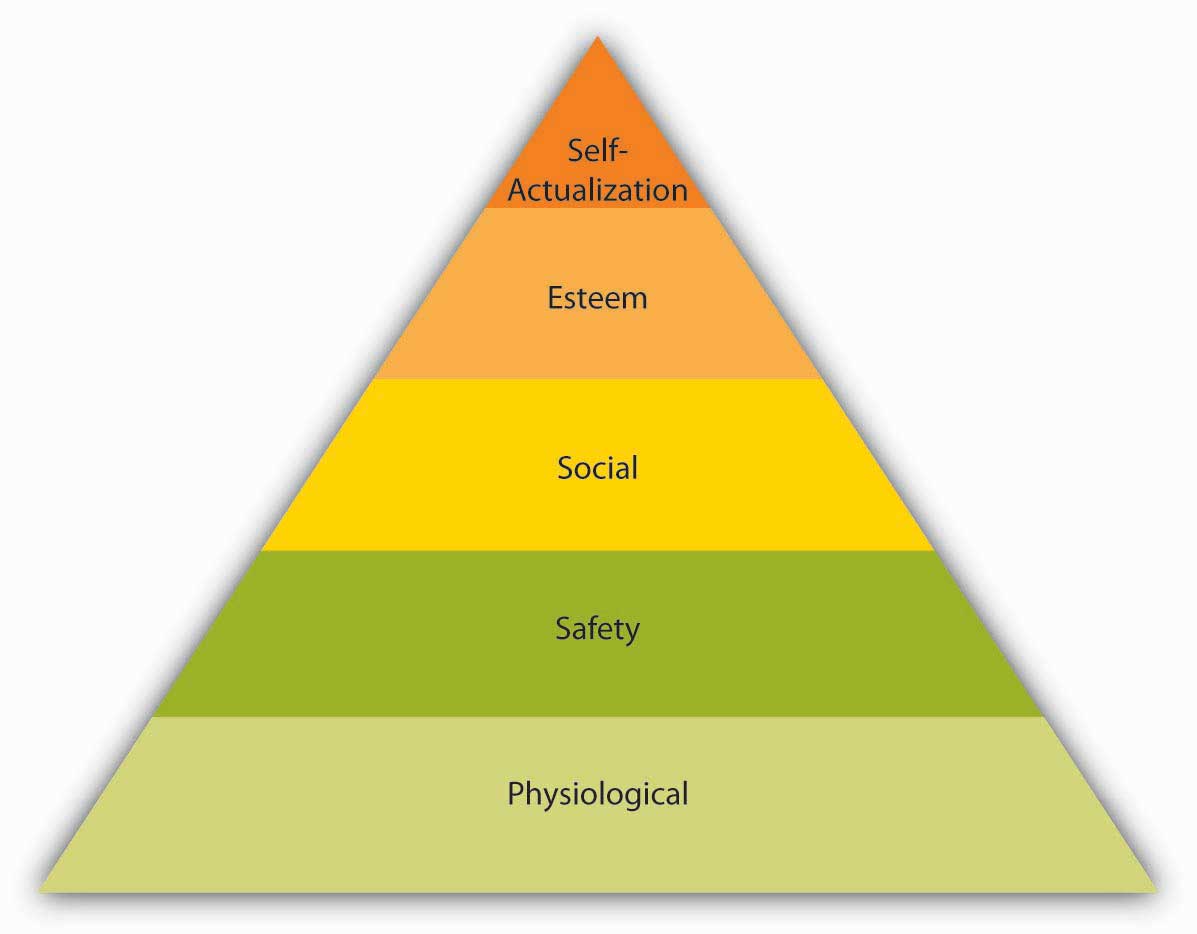Adam Equity Theory Of Motivation Pdf Hbr
Posted : adminOn 5/9/2018• • • • • • • • • • • • • • Employee Retention • • Equity theory, most popularly known as equity theory of motivation, was first developed by John Stacey Adams, a workplace and behavioral psychologist, in 1963. John Stacey Adams proposed that an employee’s motivation is affected by whether the employee believes that their employment benefits/rewards are at least equal to the amount of the effort that they put into their work. Definition of equity An individual will consider that he is treated fairly if he perceives the ratio of his inputs to his outcomes to be equivalent to those around him. Thus, all else being equal, it would be acceptable for a more senior colleague to receive higher compensation, since the value of his experience (and input) is higher. The way people base their experience with satisfaction for their job is to make comparisons with themselves to people they work with. If an employee notices that another person is getting more recognition and rewards for their contributions, even when both have done the same amount and quality of work, it would persuade the employee to be dissatisfied. This dissatisfaction would result in the employee feeling under-appreciated and perhaps worthless.
This is in direct contrast with the idea of equity theory, the idea is to have the rewards (outcomes) be directly related with the quality and quantity of the employees contributions (inputs). If both employees were perhaps rewarded the same, it would help the workforce realize that the organization is fair, observant, and appreciative. This can be illustrated by the following equation. • The support that the employee has provided to the organisation, colleagues and line managers Output Examples • Salary • Bonus • Prizes • Recognition of the employee’s contribution • Positive work appraisals • Work promotions • Pension • Employer flexibility • Annual leave Adam’s stated that if an employee believes that their work outputs are not equal or greater than their inputs then the employee will become de-motivated. Adams’ theory includes the assertion that when an employee is assessing whether the outputs they receive are fair the employee will often compare their colleague’s work inputs and outputs with their own.

The comparison will often be made with an employee at a similar level in the organisation to the employee. Propositions Equity theory consists of four propositions: • Individuals seek to maximize their outcomes (where outcomes are defined as rewards minus costs). • Groups can maximize collective rewards by developing accepted systems for equitably apportioning rewards and costs among members. Systems of equity will evolve within groups, and members will attempt to induce other members to accept and adhere to these systems. The only way groups can induce members to equitably behave is by making it more profitable to behave equitably than inequitably.
What actually is motivation? Kinds of motivation. An overview of motivation theories. Need Theories. Maslow's pyramid hierarchy of needs. Alderfer's ERG theory. Alphasim Freeware. McClelland's Achievement Motivation Theory. Adams' Equity Theory. Herzberg's Job Design Model. Vroom's Expectancy Theory. Equity Theory (Adams, 1963) People. Motivation is sustained Case 2. Times New Roman Blank Equity Theory (Adams, 1963) Model of Equity Theory Equity Theory.
